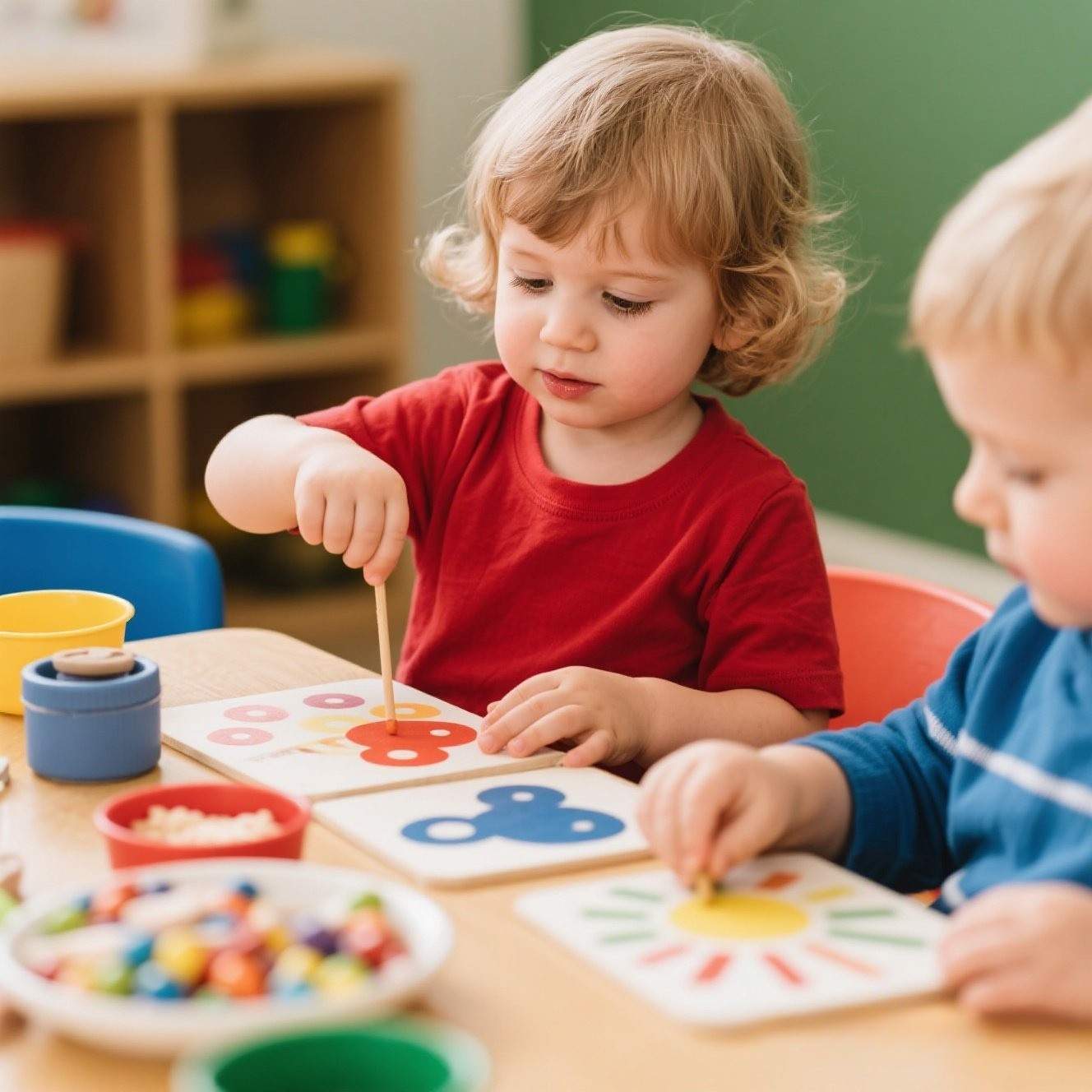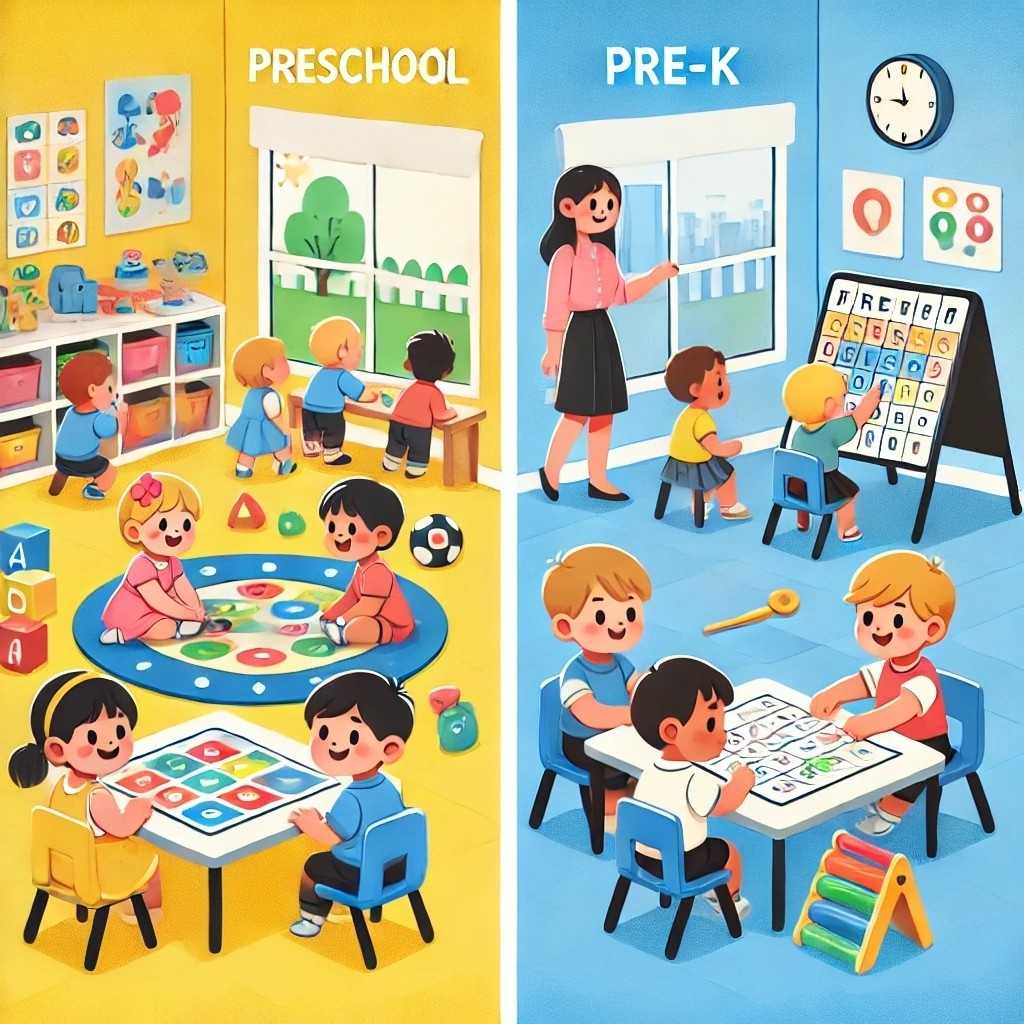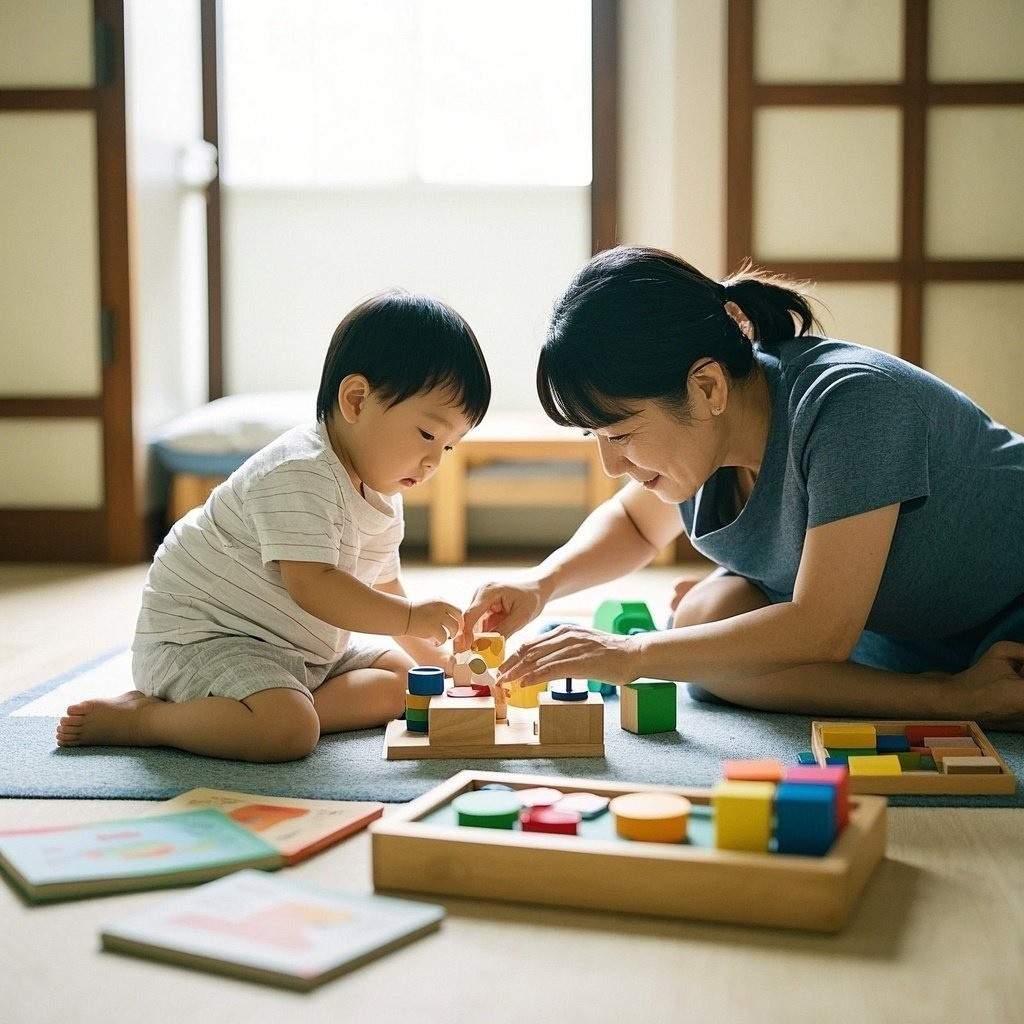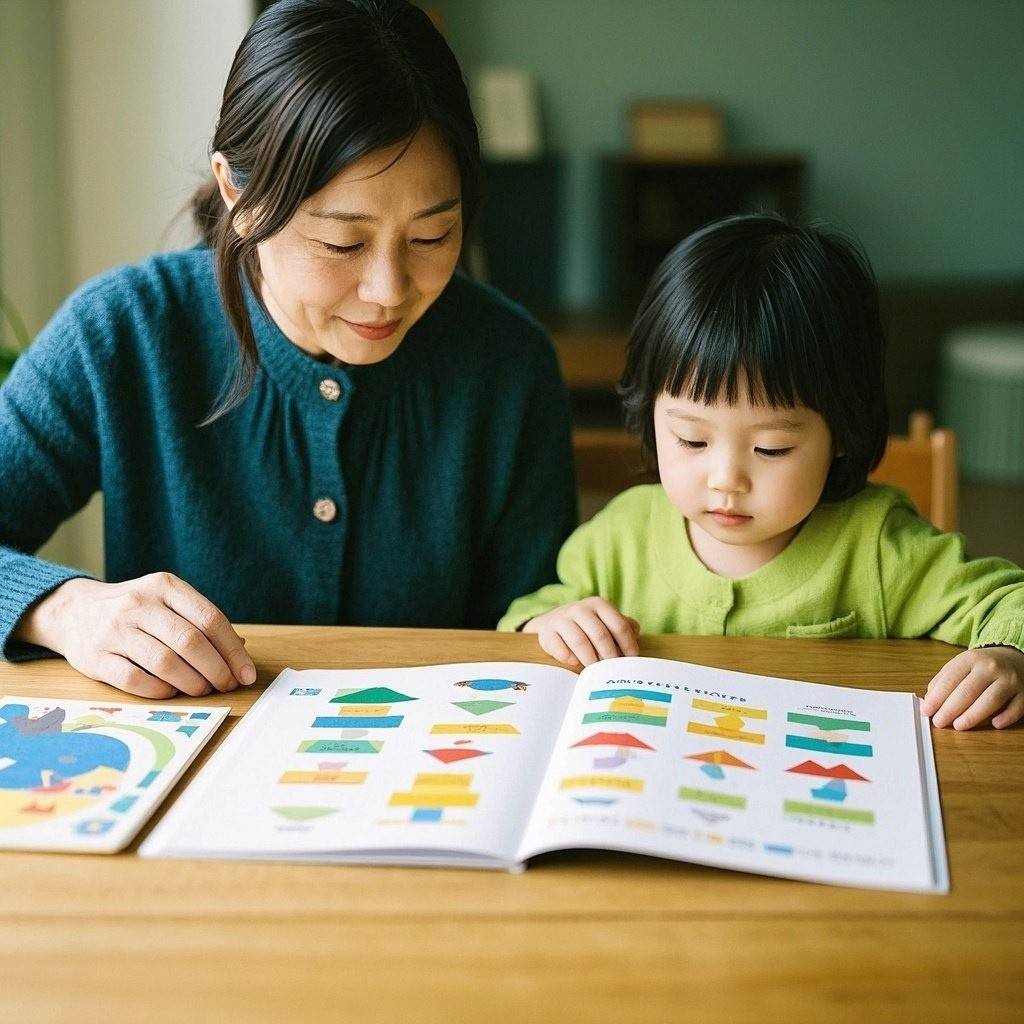5 Engaging Senses Activities for Preschoolers to Enhance Learning invite curious young minds to see, hear, touch, smell, and move with purpose. By weaving multisensory play into your daily routine, you’ll spark richer neural connections, bolster language development, and make lessons feel like adventures rather than assignments. Below, you’ll find an in-depth guide to five tried-and-true experiences—each grounded in current early-childhood research—that you can adapt for homes, classrooms, or therapy settings. Expect step-by-step setup tips, easy material swaps, safety checkpoints, and evidence-based explanations of how every activity fuels cognitive, social-emotional, and physical growth.
1. Sensory Bins for Hands-On Exploration 👐

Sensory bins are shallow containers filled with textured treasures—think dyed rice, water beads, puffed cereal, or kinetic sand. By offering scoops, tweezers, and miniature figurines, you invite children to sift, pour, and bury objects while strengthening fine-motor muscles that later power handwriting and self-care skills. Recent observations published by Brightwheel show that open-ended tactile play also boosts attention spans and problem-solving abilities because the child controls the narrative rather than following adult instructions. brightwheel
- How to set it up: Choose a sturdy plastic tub that reaches the child’s waist when placed on a table or the floor. Line the bottom with a base material, add themed items (e.g., plastic insects for a “bug dig,” alphabet beads for letter hunts), and place a textured “dump zone” tray nearby to keep messes contained. Rotate contents weekly to maintain novelty and practice new concepts—counting, color sorting, letter recognition—without buying fresh supplies every time.
- Developmental payoff: The Cleveland Clinic reports that sensory play activates the same brain regions involved in emotional regulation; when preschoolers sift warm beans or crush cool ice, they’re busy calibrating their nervous systems in ways that reduce anxiety and support resilience. Cleveland Clinic Coupled with vocabulary you model (“rough,” “squishy,” “light”), bins become a live dictionary where words link to immediate physical feedback.
2. Nature Scavenger Hunts for Outdoor Learning 🌿

Turning a walk into a treasure quest transforms even familiar playgrounds into living laboratories. Print or hand-draw a picture list—smooth stone, feather, heart-shaped leaf, something that smells sweet—and equip children with clipboards, washable markers, and magnifying glasses. Studies highlighted by Scholastic show that scavenger hunts elevate observation skills and intrinsic motivation because youngsters decide the search path, accelerating early science reasoning. Scholastic
- Planning pointers: Begin with five to eight items so victories feel attainable. For mixed-age groups, differentiate by sense: older kids may record bird calls or identify tree bark textures, while younger friends simply match colors. Encourage respectful gathering—touch rather than take—to preserve habitats.
- Why it matters: Outdoor hunts blend gross-motor exercise with cross-curricular learning. Sensory Trust researchers note that open-air quests nurture teamwork, self-confidence, and spatial awareness by challenging children to negotiate terrain, interpret symbols, and celebrate finds collectively. Sensory Trust Plus, fresh air and natural light boost vitamin D and mood, making post-hunt circle time calmer and more focused.
3. Music and Movement Activities for Kinesthetic Learning 🎶
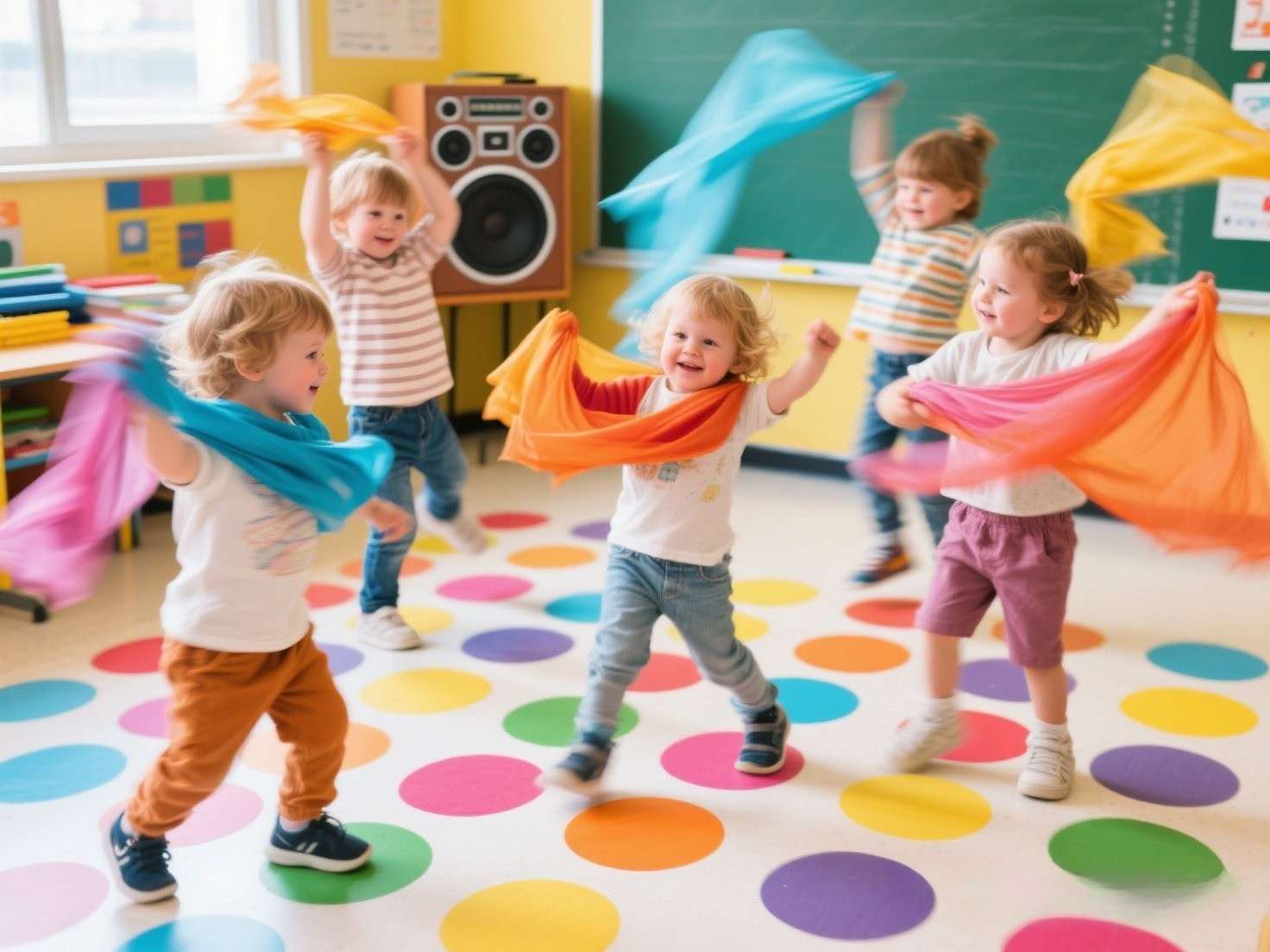
Rhythm sticks, scarves, and a Bluetooth speaker can turn any corner into a mini dance studio. Instead of passive listening, invite children to stomp high notes, crouch for low ones, or shake maracas whenever they hear a specific instrument. A 2024 Frontiers in Education study confirmed that daily music-movement sessions significantly improve preschoolers’ motor coordination and rhythmic accuracy, underscoring the power of embodied sound. Frontiers
- Practical setup: Curate a playlist that mixes tempo and genre—upbeat Afro-Latin beats for hopping, soothing classical pieces for swaying. Give each child a defined “dance dot” on the floor to reduce collisions, and alternate leader roles so everyone experiences guiding peers. Incorporate simple counting (“jump three times”) or phonemic chants to sneak numeracy and literacy practice into the groove.
- Multisensory benefits: Movement paired with melody strengthens auditory processing and working memory, since the brain must track timing cues while planning bodily responses. According to Whiz Kidz neuroscientists, rhythmic play also triggers endorphin release, promoting social bonding and emotional regulation—the building blocks of cooperative learning later in elementary classrooms. Whiz Kidz
4. Sensory Art Projects for Creative Expression 🎨
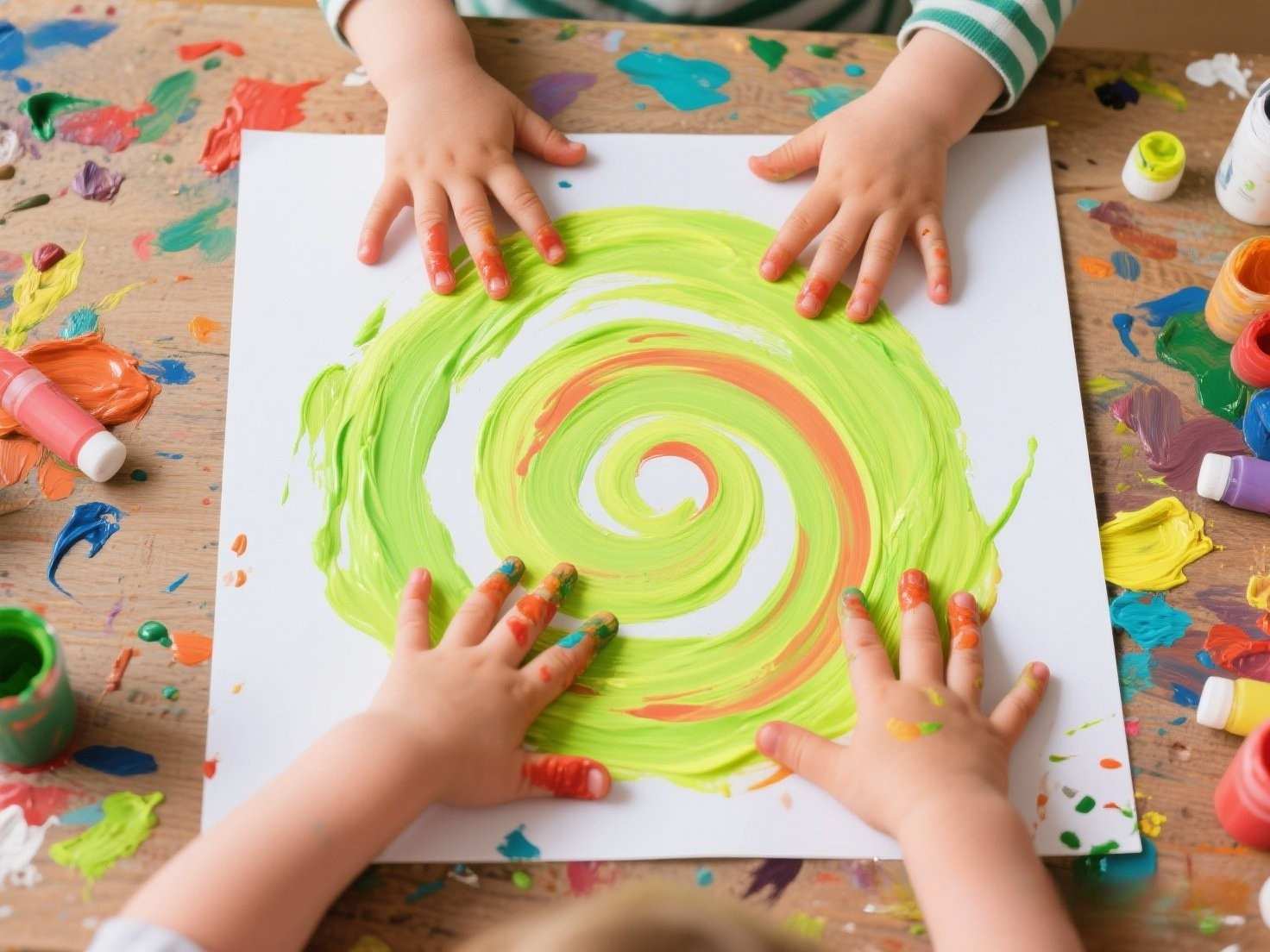
Finger-painting with chilled yogurt, squishing scented dough into mandalas, or blowing colored bubbles onto paper lets kids “feel” art before they worry about end results. Sensory-rich media encourage risk-taking because errors wash off, relieving performance pressure common in traditional crafts. A 2023 single-case study on sensory-based art therapy found that a preschooler displayed fewer disruptive behaviors and more appropriate classroom conduct on days he engaged in tactile art. Digital Commons at Lesley
- Materials menu: Stock washable paints, droppers, cotton balls, salt, glue, and recycled cardboard. Offer large trays to contain spillover and keep wipes handy for quick cleanup. To extend learning, prompt children to mix primary colors with ice cubes or create clay “emotion faces,” labeling feelings as they mold features.
- Skills unlocked: Beyond fine-motor refinement, art fuels divergent thinking—the ability to generate multiple ideas for one prompt. RMCAD’s recent overview of early-childhood art education highlights gains in emotional resilience and language precision as children narrate sensory choices (“It’s bumpy like tree bark”). RMCAD Display works at child eye level to validate effort and invite peer commentary, turning a hallway into a mini gallery that celebrates voice and texture.
5. Scented Sensory Bubbles for Olfactory Stimulation 🫧
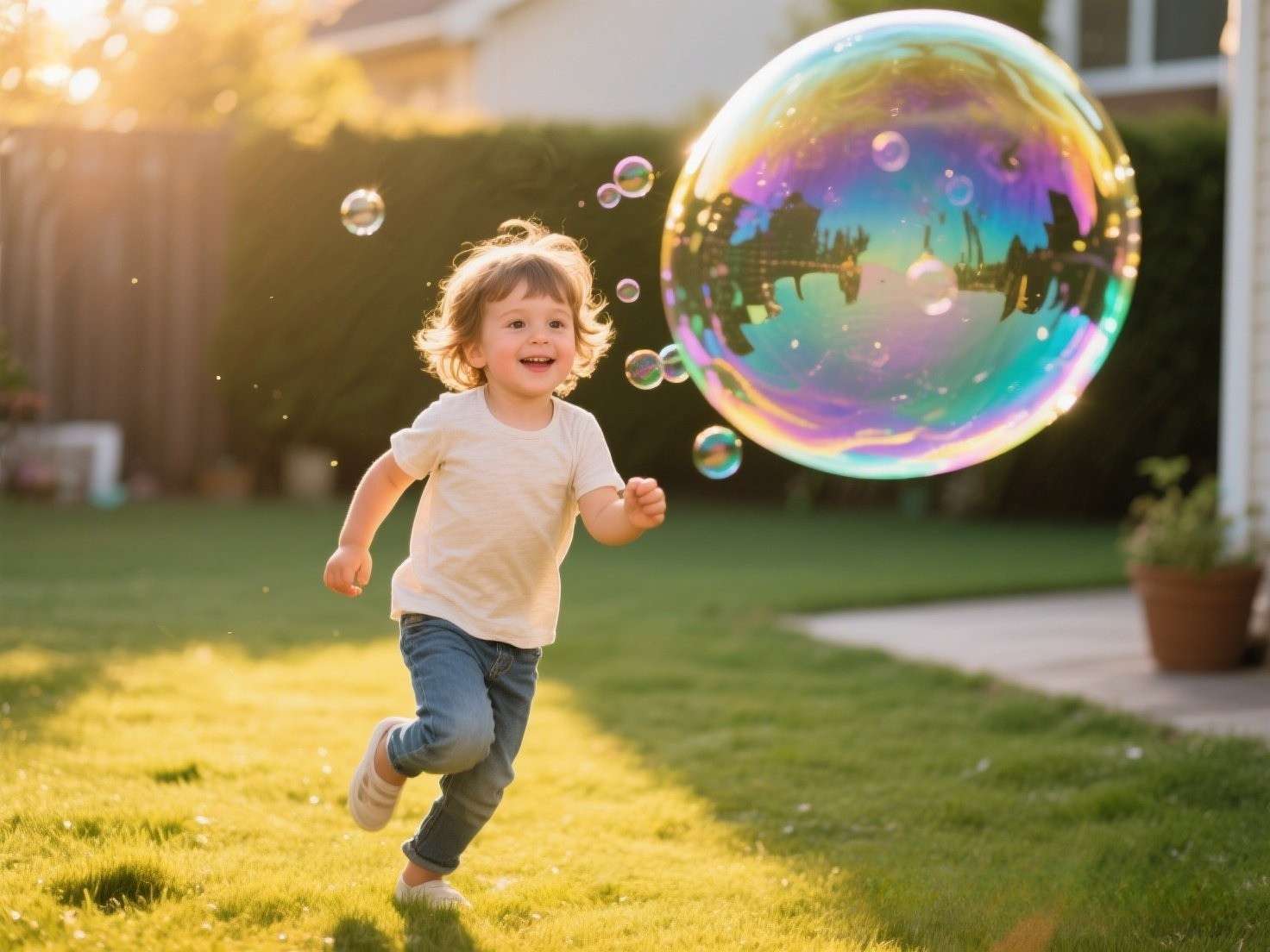
Bubbles alone are enchanting, but adding kid-safe aromas such as vanilla, citrus, or lavender layers smell onto sight and touch. Mix one tablespoon of gentle dish soap with one teaspoon of glycerin in a cup of water, then stir in a drop of food-grade essential oil. Outdoors, children chase and pop the perfumed spheres; indoors, direct them to wave paper fans to keep suds airborne. Parents supporting sensory-seekers can dial scent intensity up or down to match tolerance levels.
- Safety first: Vet oils for child-friendliness, avoid peppermint (too cooling on skin), and patch-test diluted mixtures on wrists. Equip goggles if you experiment with giant bubble wands to prevent eye irritation.
- Developmental rationale: The OT Toolbox notes that olfactory play taps into the limbic system—the brain’s emotion center—making memories stickier and ensuring new vocabulary (“minty,” “zesty,” “soothing”) carries emotional resonance. The OT Toolbox Scent variations also support self-regulation; lavender’s calming properties can ease transition times, while lemon perks up sluggish mornings. For added STEM sparkle, discuss evaporation as popped bubbles leave behind faint fragrance on fingertips.
Conclusion ✨
Whether you pour beans into bins or fill the air with melody, multisensory experiences transform abstract lessons into tangible adventures. Preschoolers thrive when sight, sound, touch, smell, and movement collaborate, turning everyday moments into brain-building opportunities that textbooks alone can’t match. By integrating sensory bins, nature scavenger hunts, rhythmic dance, tactile art, and scented bubbles into your weekly routine, you’ll cultivate confident, curious learners who view challenges as invitations to explore—one delightful sense at a time.

